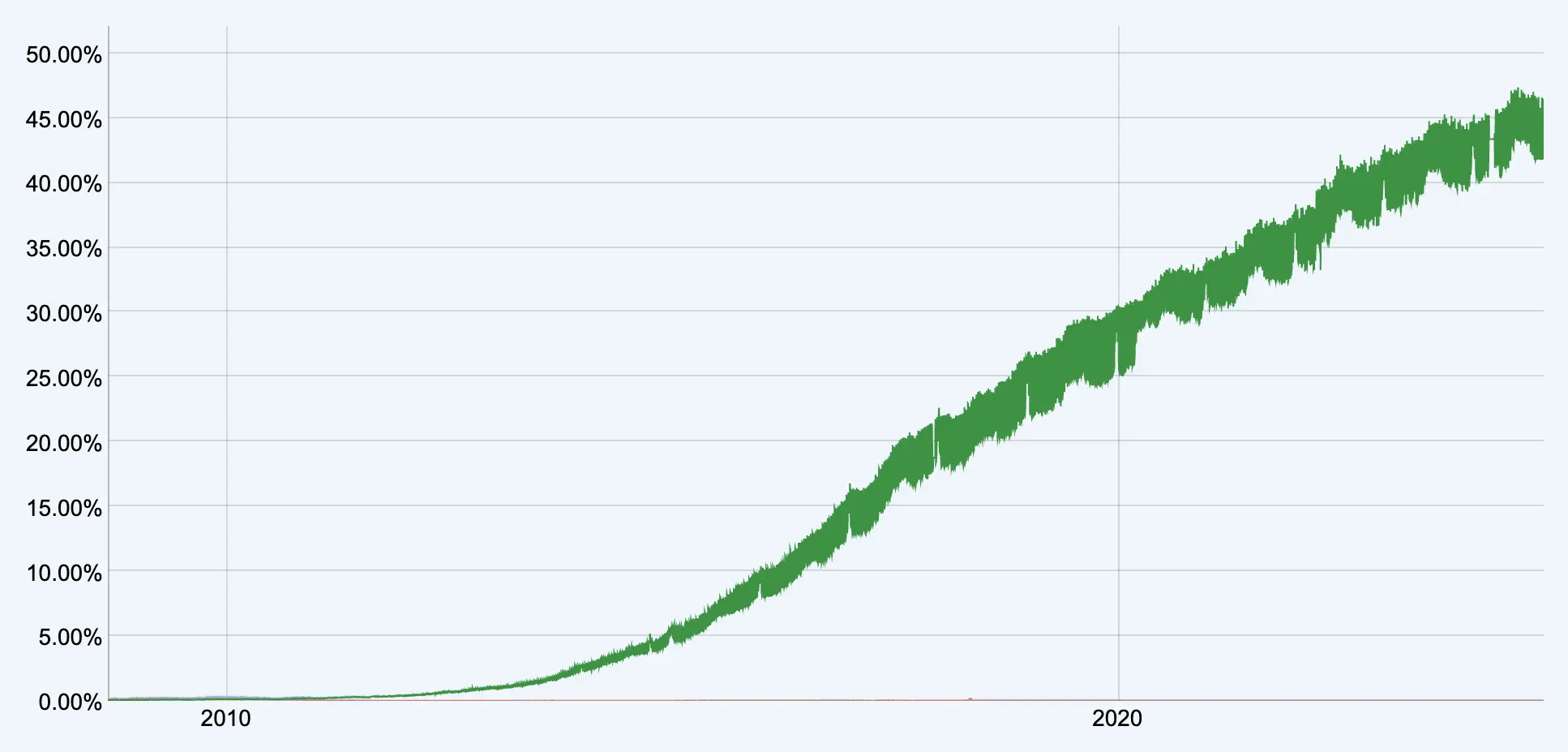

|
||

The shift from IPv4 to IPv6 has been a protracted and complex process, raising questions about why this transition has been so sluggish despite the depletion of IPv4 addresses more than a decade ago. Geoff Huston, the chief scientist at the Asia Pacific Network Information Center (APNIC), suggests that the root cause is not merely short-sightedness but a more fundamental shift in how the internet functions.
IPv6’s limited innovation: IPv6 was designed as a necessary evolution to IPv4, driven by the fear that the world would run out of IP addresses, thus threatening the expansion of the internet. However, it offered no revolutionary new features. As Huston notes, “IPv6 did not offer any new functionality that was not already present in IPv4,” aside from larger address space. Early assumptions were that the growing demand for IP addresses would naturally lead to the rapid adoption of IPv6, with networks, applications, and hosts running dual-stack systems to support both protocols.
Mobile boom stalls IPv6: Yet, this didn’t happen. When the mobile internet boom arrived, network operators prioritized scaling up their infrastructure over transitioning to IPv6. Technologies like Network Address Translation (NAT) allowed them to stretch the available IPv4 addresses by assigning multiple devices to a single IP address. As a result, IPv4 persisted, and IPv6 adoption remained sluggish. Meanwhile, content providers saw little urgency in switching to IPv6, which further slowed the transition.
Regional IPv6 adoption: Although about 40% of the internet now supports IPv6, this shift is mainly driven by regions like China and India, where IPv4 allocations were too limited to support their large populations. However, globally, the transition has been slow. Huston suggests that success should be defined not by eliminating IPv4, but by reaching a point where IPv6 is the default and IPv4 is no longer necessary.

CDNs reduce IPv6 need: One reason for the slow uptake of IPv6 lies in the advent of Content Delivery Networks (CDNs). These networks rely on domain names, not IP addresses, to direct users to content, reducing the importance of IPv6. CDNs allow services to reach consumers without needing unique IP addresses for every device, undermining one of the primary incentives for transitioning to IPv6.
Huston ultimately argues that the internet is moving away from its network-centric roots, where IP addresses were critical, toward an application-driven architecture. In this new environment, networks may become mere “dumb pipes,” and the need for unique, globally recognized IP addresses—IPv6’s key selling point—may become less relevant.
Sponsored byIPv4.Global

Sponsored byVerisign

Sponsored byVerisign

Sponsored byDNIB.com

Sponsored byCSC

Sponsored byRadix

Sponsored byWhoisXML API

Geoff’s points are in alignment with what I wrote in 2016 (and which was featured on CircleID).
The point I made back then was that the IP packet end-to-end principle is dying and is being replaced, in the eyes of users, with end-to-end *application* interoperability without regard to the underlying data moving plumbing.
As such, the net is slowly evolving to a world of islands, each potentially with its own *full* IPv4 or IPv6 address space, connected by well guarded bridges. This is facilitated by the fact that most modern protocols are readily relayed by application level gateways/proxies rather than network address translators.
Internet: Quo Vadis (Where are you going?)
https://www.cavebear.com/cavebear-blog/internet_quo_vadis/